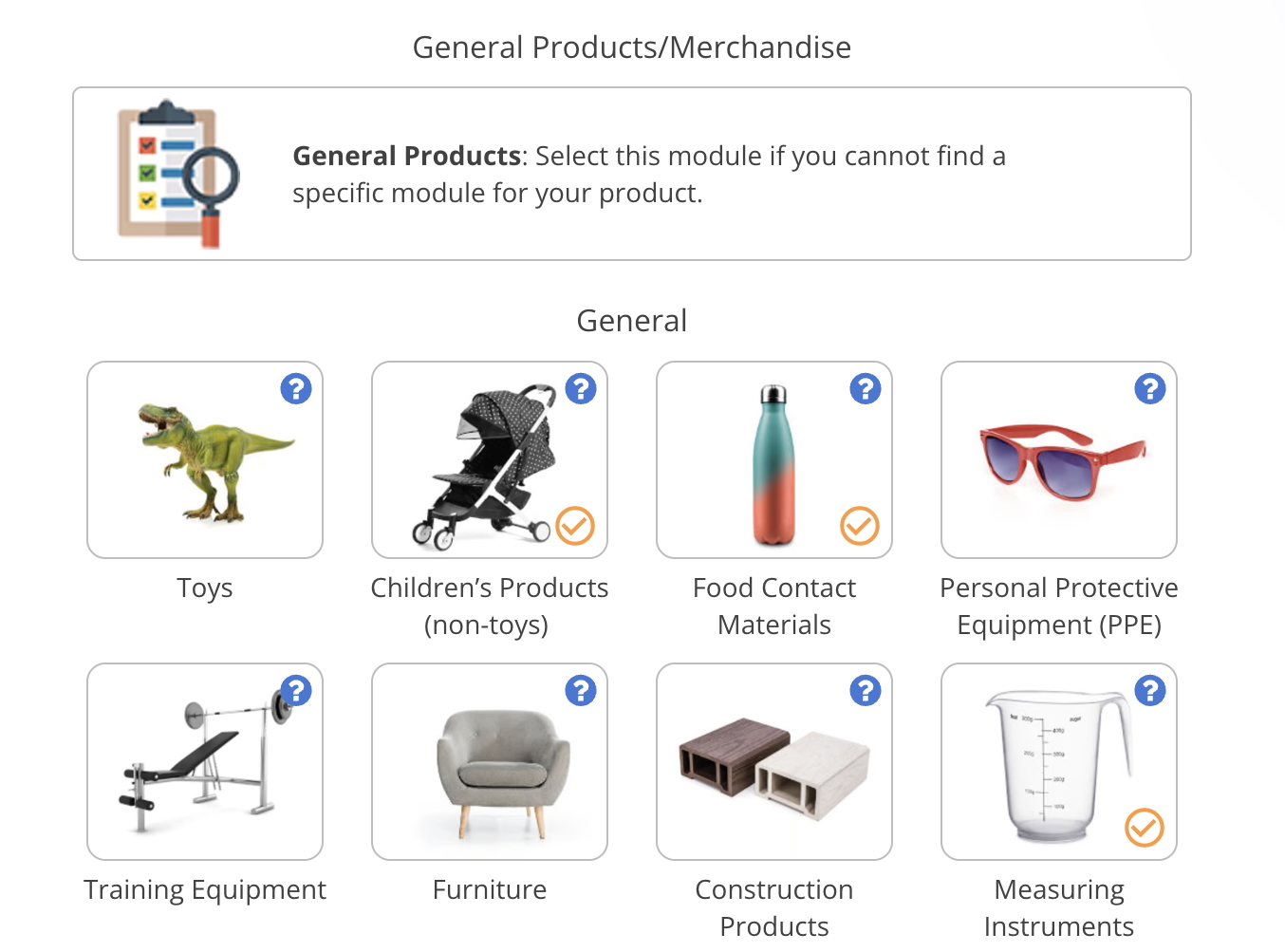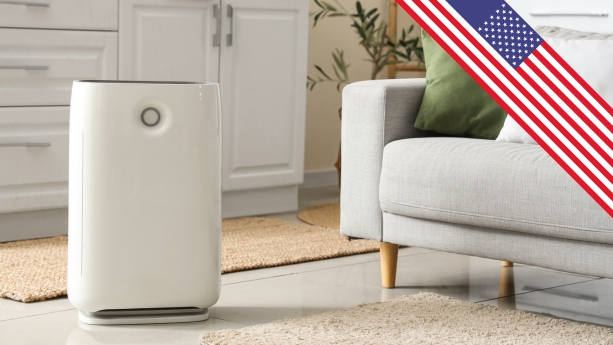
Air purifiers manufactured or imported to the United States must comply with different US federal and state-level regulations. In this guide, we take a closer look at regulations like FCC 49 CFR Part 15, the Energy Conservation Program, CPSIA, and other requirements that are relevant to air purifiers in the United States.
In addition, we also explain why product standards, such as UL 867, are relevant when importing or manufacturing air purifiers.
Content Overview

FREE CONSULTATION CALL (30 MIN)
 Ask questions about compliance requirements
Ask questions about compliance requirements Countries/markets:
Countries/markets:
 Learn how we can help your business
Learn how we can help your business
You will speak with:Ivan Malloci or John Vinod Khiatani
US regulations applicable to air purifiers
Below follows an overview of selected US regulations that can be relevant to air purifiers. Note that additional requirements could also apply.
47 CFR PART 15 – RADIO FREQUENCY DEVICES – Unintentional Radiators
| Overview | Information |
| Relevancy | 1. 47 CFR Part 15 contains requirements for devices that unintentionally generate radio frequency energy and that may cause harmful interference with the operation of radio communications and other devices.
2. Air purifiers are likely to unintentionally emit radio frequency energy. |
| General requirements | 1. You must complete the Supplier’s Declaration of Conformity (SDoC) Authorization Procedure.
2. The product must meet the relevant technical requirements, like radiated emission limits and device-specific standards. |
| Documentation | 1. SDoC Compliance Information Statement
2. Information to user |
| Labeling requirements | 1. Product identification information
2. FCC Logo (optional) 3. Compliance statement |
47 CFR PART 15 – RADIO FREQUENCY DEVICES – Intentional Radiators
| Overview | Information |
| Relevancy | 1. 47 CFR PART 15 also contains requirements for devices that intentionally emit radio frequency energy and that may cause harmful interference with the operation of radio communications and other devices.
2. Air purifiers with “smart” features, such as devices that can connect to a WiFi network or those that can connect to a phone via Bluetooth, are designed to intentionally emit radio frequency energy. |
| General requirements | 1. You must complete the Certification Authorization Procedure.
2. The product must meet the relevant technical requirements, like restricted bands of operation, radiated emission limits, and device-specific standards. |
| Documentation | 1. Technical report
2. Application for certification 3. Information to user |
| Labeling requirements | 1. FCC Identifier
2. Compliance statement |
10 CFR PART 430 – ENERGY CONSERVATION PROGRAM FOR CONSUMER PRODUCTS
| Overview | Information |
| Relevancy | 1. This regulation contains energy-efficiency standards for certain appliances and equipment.
2. This includes products that are designed to improve indoor air quality, like air cleaners and purifiers. |
| General requirements | Air purifiers must meet the specific energy conservation standards and test procedures for air cleaners. |
10 CFR PART 429 – CERTIFICATION, COMPLIANCE, AND ENFORCEMENT FOR CONSUMER PRODUCTS AND COMMERCIAL AND INDUSTRIAL EQUIPMENT
| Overview | Information |
| Relevancy | 1. This regulation contains certification and other requirements for appliances and equipment covered by 10 CFR Parts 430 and 431.
2. As air cleaners are covered by 10 CFR Part 430, it is also relevant to air purifiers. |
| General requirements | 1. You must comply with the certification procedures specified by the regulation.
2. You must file the certification report to the Department of Energy every year. |
| Documentation | Certification report |
ENERGY STAR
| Overview | Information |
| Relevancy | 1. The ENERGY STAR mark is shown on products that meet strict performance requirements to ensure a high level of energy efficiency.
2. Manufacturers of air purifiers and air cleaners can voluntarily meet the performance requirements to use the ENERGY STAR mark on their products. |
| General requirements | The product must be third-party certified against the performance requirements. |
| Documentation | Enter into a formal agreement with the Environmental Protection Agency (EPA) |
| Labeling requirements | ENERGY STAR mark |
CARB Regulations
| Overview | Information |
| Relevancy | 1. CARB regulations, such as California’s Air Cleaner Regulation (AB 2276), are designed to address the harmful effects of air pollution.
2. Portable indoor air purifiers supplied to Californian consumers or businesses must be certified by the California Air Resources Board (CARB). |
| General requirements | You must comply with the CARB certification requirements |
| Documentation | 1. Electrical safety report (CDR)
2. Ozone test report 3. Application Number Request Form |
| Labeling requirements | 1. The label for the certified product must state: ‘Meets California ozone emissions limit: CARB certified’
2. Listing mark or certification mark for the relevant ANSI/UL Standard, or other appropriate standard used |
Consumer Product Safety Improvement Act (CPSIA)
| Overview | Information |
| Relevancy | 1. The CPSIA covers products that are intended for children up to 12 years.
2. Air purifiers that are designed for children have to meet the relevant requirements. |
| General requirements | The product must meet the requirements set by the CPSIA, including:
1. Safety rules and standards 2. Substance restrictions |
| Documentation | 1. Children’s product certificate
2. Instructions |
| Labeling requirements | 1. Tracking label
2. Warnings and other instructions |
Air purifier standards
There are standards that contain safety and other requirements for air purifiers. Meeting such standards helps ensure that the products can be operated safely and that claims made about their performance are accurate (e.g., in terms of energy efficiency).
Here are some examples of standards that are specific to air purifiers:
- UL 867 – Electrostatic Air Cleaners
- ULE 2998 – Environmental Claim Validation Procedure (ECVP) for Zero Ozone Emissions from Air Cleaners
- UL 507 – Electric Fans
Although the application of some of these standards may be voluntary, there is merit to having your air purifier meet the requirements, as you are ultimately required to provide a safe product. Furthermore, marketplaces such as Amazon, distributors, and retailers may also require compliance with UL standards.
Air purifier testing
Approaching a lab testing company to have your product tested is necessary to show that you meet the requirements of the applicable regulations and product safety standards. Here are some examples of tests that can be applied to air purifiers:
- Electrical safety
- Energy usage
- Emission rates
After the products have been tested, you can expect to receive test reports from the lab testing company. These reports can serve as evidence that you have met the requirements of a regulation or standard.
Association of Home Appliance Manufacturers
The Association of Home Appliance Manufacturers (AHAM) has certification programs for different home appliances, including room air cleaners.
By completing the certification program for air cleaners, the product can feature the AHAM Verifide® mark to show that AHAM’s standards have been met.
FAQ
Which companies provide testing for air purifiers in the US?
Here are some examples of companies that offer lab testing services for air purifiers:
- Intertek
- TÜV SÜD
- LCS Laboratory Inc.
Is CARB certification mandatory for air purifiers?
Yes, CARB certification is mandatory in California for certain products, such as portable indoor air cleaning devices.
Does Amazon require CARB certification for air purifiers?
Yes, Amazon requires CARB certification for indoor air cleaners and other products in California.
Do FCC rules apply to air purifiers?
FCC requirements apply to air purifiers like those that make use of digital technology or those that have “smart capabilities” (e.g. they can connect to networks and other devices). However, the specific requirements may differ depending on the characteristics of the product (e.g. product has Wi-Fi, Bluetooth capabilities, etc).
Do UL standards apply to air purifiers?
Yes, there are UL standards that contain specific requirements for air cleaners, such as UL 867 – Electrostatic Air Cleaners.
Is UL testing mandatory for air purifiers?
We could not find any indication that UL standards are mandatory for air purifiers. Even so, online marketplaces like Amazon, retailers, and even certain US States may make it mandatory to have the product tested against relevant UL standards.
For example, we found that the CARB regulations in California require air cleaners to have the listing mark or certification mark for ANSI/UL Standard 507, 867, or other appropriate standards.
Is UL certification required for air purifiers?
We could not find any indication that UL certification is mandatory for air purifiers. However, certain marketplaces (e.g., Amazon) or businesses may require UL certification.
Also, as said, CARB regulations in California require a listing or certification mark for ANSI/UL Standard 507, 867, or other appropriate standards. Other states may have similar requirements.
Is ETL certification required for air purifiers?
We could not find any indication that ETL certification is compulsory for air purifiers. However, like UL certification, certain online marketplaces or businesses you supply to may require ETL certification.

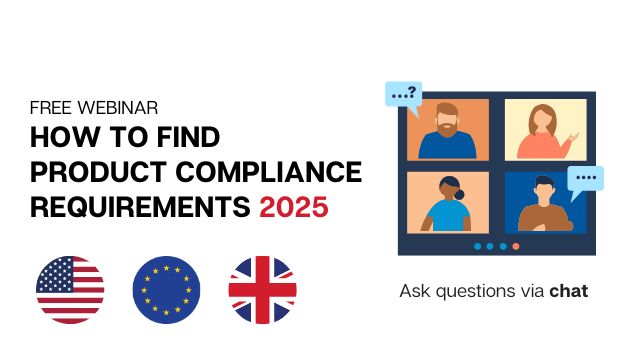












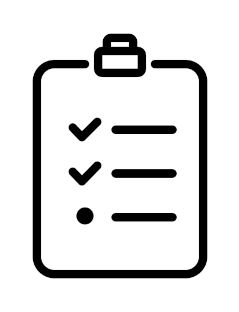


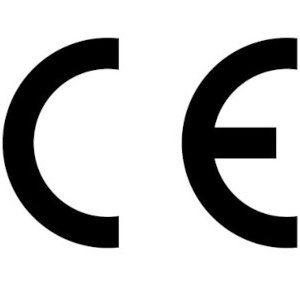




.png)
.png)
.png)
